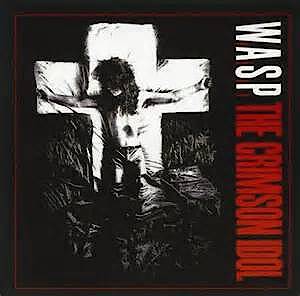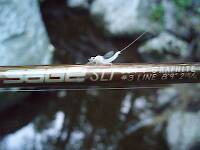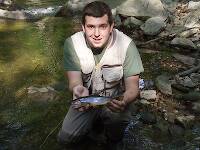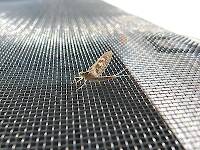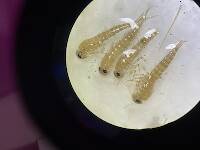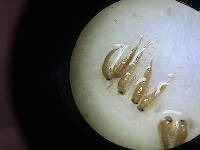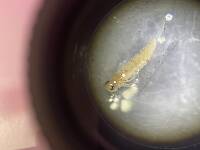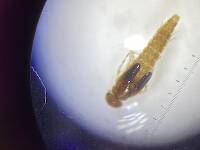
Blue-winged Olives
Baetis
Tiny Baetis mayflies are perhaps the most commonly encountered and imitated by anglers on all American trout streams due to their great abundance, widespread distribution, and trout-friendly emergence habits.
Featured on the forum

Nymphs of this species were fairly common in late-winter kick net samples from the upper Yakima River. Although I could not find a key to species of Zapada nymphs, a revision of the Nemouridae family by Baumann (1975) includes the following helpful sentence: "2 cervical gills on each side of midline, 1 arising inside and 1 outside of lateral cervical sclerites, usually single and elongate, sometimes constricted but with 3 or 4 branches arising beyond gill base in Zapada cinctipes." This specimen clearly has the branches and is within the range of that species.

Troutnut is a project started in 2003 by salmonid ecologist Jason "Troutnut" Neuswanger to help anglers and
fly tyers unabashedly embrace the entomological side of the sport. Learn more about Troutnut or
support the project for an enhanced experience here.
Crepuscular on Apr 7, 2012April 7th, 2012, 3:46 pm EDT
No rearing experience here.
Crepuscular on Apr 10, 2012April 10th, 2012, 4:44 am EDT
I re-measured, 8.5mm. Well that throws a wrench into the works dosen't it. I'm not seeing the paired spots on abdomenal terga 3-7, but they can be faint, and seem to be visible on 4 and 6. And the head capsule is not like that of E. pleuralis. The ratio of head capsule width (2.2mm) to distance between antennae(1.1mm) is 2.0 which is below the 2.11-2.45 that Burian states for E. fragilis. But let me try and get some more photos posted ofthe forefemora and gill 1,and the head capsule of the E.pleuralis.
Entoman on Apr 10, 2012April 10th, 2012, 11:49 am EDT
Hi Eric,
Yes, it does - especially since these are immatures. I think it's safe to say they will ripen at well over 9mm.
This is a tough genus and working with immatures makes it more so. I think it's probable that some of the characters listed are not as diagnostic as hoped and more needs to be worked out. We have to be careful about leaning to much on Burian's paper for outside New England.
Though usually most obvious on segs 3 -7, I don't believe they must be limited to only those segs to be diagnostic. I'm seeing them on 1 - 3, very faint to barely noticeable on 4 - 6, and more obvious again on segs. 7 - 9.
At his point, I'm thinking pleuralis, with the differences due to development and gender. Though certain character's diagnostic value may be questioned (as Burian did), I don't think tergal dots is one of them.
I re-measured, 8.5mm. Well that throws a wrench into the works dosen't it
Yes, it does - especially since these are immatures. I think it's safe to say they will ripen at well over 9mm.
Many of the characters studied for larvae and adults... are subtle and some are within the range of variation for E. fragilis and E. pleuralis
Because larva of all the Nearctic species of Epeorus have not been studied in detail it is not possible to provide a definitive diagnosis. Therefore, this diagnosis is now restricted to the group of species known for New England.
Ever do any rearing to associate stages?
This is a tough genus and working with immatures makes it more so. I think it's probable that some of the characters listed are not as diagnostic as hoped and more needs to be worked out. We have to be careful about leaning to much on Burian's paper for outside New England.
I'm not seeing the paired spots on abdomenal terga 3-7, but they can be faint, and seem to be visible on 4 and 6.
Though usually most obvious on segs 3 -7, I don't believe they must be limited to only those segs to be diagnostic. I'm seeing them on 1 - 3, very faint to barely noticeable on 4 - 6, and more obvious again on segs. 7 - 9.
At his point, I'm thinking pleuralis, with the differences due to development and gender. Though certain character's diagnostic value may be questioned (as Burian did), I don't think tergal dots is one of them.
"It's not that I find fishing so important, it's just that I find all other endeavors of Man equally unimportant... And not nearly as much fun!" Robert Traver, Anatomy of a Fisherman
Crepuscular on Apr 10, 2012April 10th, 2012, 12:02 pm EDT
At his point, I'm thinking pleuralis, with the differences due to development and gender. Though certain character's diagnostic value may be questioned (as Burian did), I don't think tergal dots is one of them.
Yeah me too but, the head capsule is very different in shape, do you think that just a maturity thing? I tend to think not (but maybe gender?) but I'm certainly no expert. Hre is a photo of the head capsule of the E. pleuralis
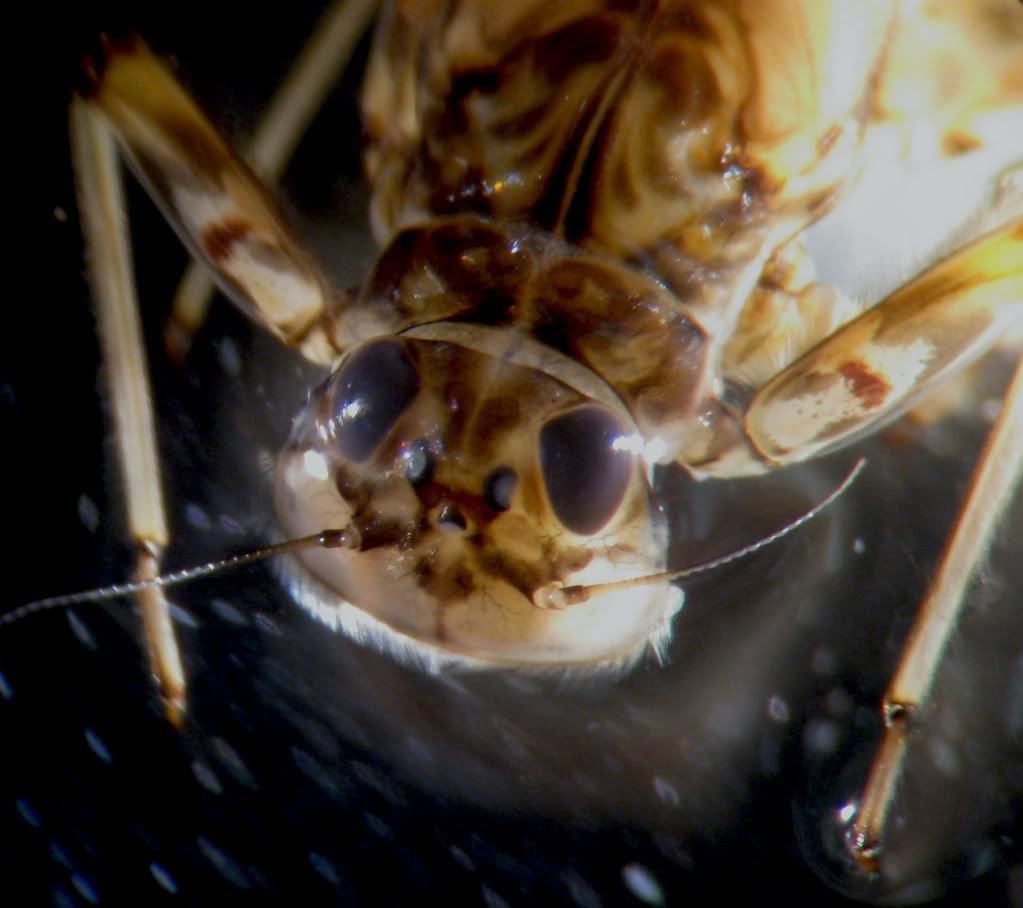
Entoman on Apr 10, 2012April 10th, 2012, 1:16 pm EDT
do you think that's just a maturity thing? I tend to think not (but maybe gender?)
Could be either or both, Eric. Since I'm a West Coast guy, I have no anecdotal experience from handling these critters at various levels of development or gender to comment beyond what can be found in the scientific lit. Perhaps a worker with a lot of "hands on" field experience with this genus in your area will read this thread someday and comment, but that's a bit of a "message in a bottle" hope.:) Unless Luke has more comments, I'm afraid the only way to find the answer with absolute certainty is for you to rear them and send off pickled life stages to a willing ephemeropterist for determination.
Perhaps there's a chance new photos of the forefemora, lateral spines, 1st gills, and a real closeup of the posterior margin of a middle terga may help... Both specimens for comparison.
"It's not that I find fishing so important, it's just that I find all other endeavors of Man equally unimportant... And not nearly as much fun!" Robert Traver, Anatomy of a Fisherman
Adirman on Apr 11, 2012April 11th, 2012, 5:01 am EDT
I notice that these nymphs only have 2 tails wheras most other Mayfly nymphs have 3 (right?). Are these what you would call clinger nymphs? Also, what patterns would be most effective in imitating Epeorus nymphs? I've read that you need not be as fussy in "matching the hatch" w/ nymph patterns like you do when dry-fly fishing; mostly, getting the size approximately right being the most crucial factor. Would that be accurate?
Thanks,
Adirman
Thanks,
Adirman
Adirman on Apr 11, 2012April 11th, 2012, 5:03 am EDT
Oh, I have another question: I've noticed that Epeorus looks very similar to Ephemerella Subvaria (Hendrickson) in the dun stage. What is the most effective way to tell the 2 apart? both hatches are early season and do they not overlap in many cases?
Thanks again,
Adirman
Thanks again,
Adirman
Crepuscular on Apr 11, 2012April 11th, 2012, 7:19 am EDT
Adirman, yes Epeorus nymphs belong to the family Heptageniidae, which are considered "clingers". As far as the number of "tails" go, some have two and some have three in both the adult and nymph stage. The two tails does help in identifying Eperous nymphs from other Heptegeniids but there is another eastern Heptageniid that has two "tails", Spinadis simplex also has two "tails" but is rarely encountered and actually listed as endangered in some states. As far as imitations go, I have never really worried about tails in my nymphs, I know other do though, so that's personal preference. I suppose a hare's ear type nymph would be as good as any to imitate really any of the Heptageniid nymphs as long as the size is close to the naturals.
Crepuscular on Apr 18, 2012April 18th, 2012, 6:01 am EDT
Oh, I have another question: I've noticed that Epeorus looks very similar to Ephemerella Subvaria (Hendrickson) in the dun stage. What is the most effective way to tell the 2 apart? both hatches are early season and do they not overlap in many cases?
Thanks again,
Adirman
Adirman, Ephemerella subvaria has three tails.
Adirman on Apr 18, 2012April 18th, 2012, 1:23 pm EDT
Crepuscular;
You mean in the dun stage, for E. subvaria right ? Does the Epeorus then only have 2 in the dun stage?
You mean in the dun stage, for E. subvaria right ? Does the Epeorus then only have 2 in the dun stage?
Entoman on Apr 18, 2012April 18th, 2012, 6:56 pm EDT
Hi Adir,
It's kind of confusing isn't it? Just remember that most but not all heptageniids (stone clingers or flat heads) have three tails as nymphs and drop the middle one when becoming duns. The ephemerellids (spiny crawlers) always keep their middle tails as duns.
What throws anglers off is that a few Heptageniidae genera also lack a middle tail in the nymphal stage. There is only one of importance to eastern anglers - Epeorus (Quill Gordon, Yellow Quill).
Here's some examples of what I mean:
Hendrickson (crawler - E. subvaria)- three tails as both nymph and dun
Quill Gordon (clinger - Epeorus pleuralis) - two tails as both nymph and dun
March Brown (clinger - Maccaffertium vicarium) - three tails as nymph, two tails as dun
Hope this helps!
Best regards,
It's kind of confusing isn't it? Just remember that most but not all heptageniids (stone clingers or flat heads) have three tails as nymphs and drop the middle one when becoming duns. The ephemerellids (spiny crawlers) always keep their middle tails as duns.
What throws anglers off is that a few Heptageniidae genera also lack a middle tail in the nymphal stage. There is only one of importance to eastern anglers - Epeorus (Quill Gordon, Yellow Quill).
Here's some examples of what I mean:
Hendrickson (crawler - E. subvaria)- three tails as both nymph and dun
Quill Gordon (clinger - Epeorus pleuralis) - two tails as both nymph and dun
March Brown (clinger - Maccaffertium vicarium) - three tails as nymph, two tails as dun
Hope this helps!
Best regards,
"It's not that I find fishing so important, it's just that I find all other endeavors of Man equally unimportant... And not nearly as much fun!" Robert Traver, Anatomy of a Fisherman
Adirman on Apr 19, 2012April 19th, 2012, 1:22 pm EDT
Entoman;
Thank you sir as thats an excellent summary! Great to talk to you again!
Adirman
Thank you sir as thats an excellent summary! Great to talk to you again!
Adirman
Crepuscular on Apr 19, 2012April 19th, 2012, 2:17 pm EDT
Yes thanks Kurt!
Quick Reply
Related Discussions
Topic
Replies
Last Reply
1
Apr 8, 2009
by Troutnut
by Troutnut
1
Apr 18, 2007
by Troutnut
by Troutnut
1
Aug 30, 2010
by GONZO
by GONZO





